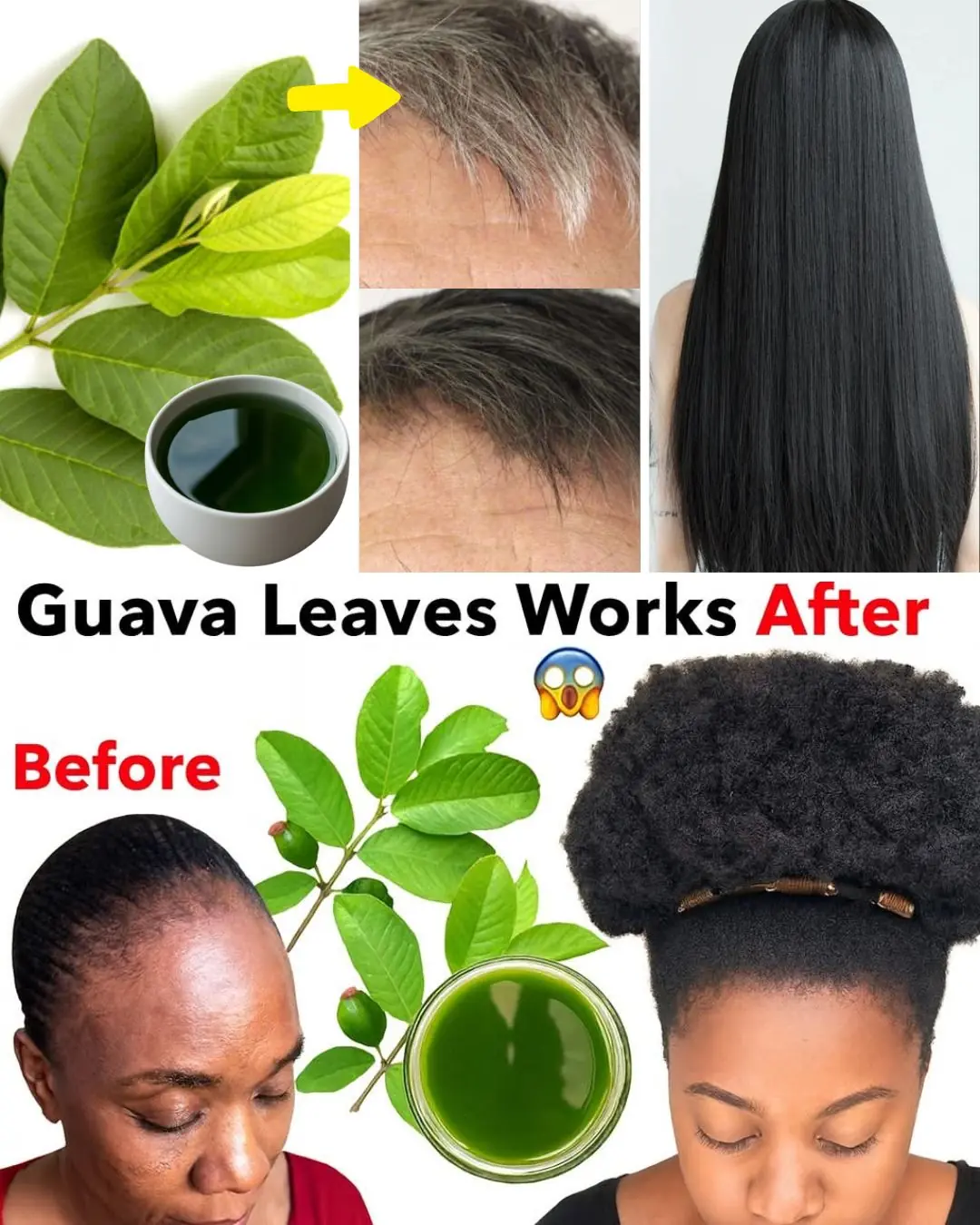
Is Your Kitchen Sink Often Clogged? Pour This In for Smooth Flow Without Calling a Plumber

A clogged kitchen sink is one of the most frustrating problems in every household. When water drains slowly, emits unpleasant odors, or even backs up, cooking and cleaning become a real hassle. However, you don’t always need to call a plumber to fix it. With some simple tips from professional plumbers, you can easily unclog your sink at home—quickly, effectively, and without spending a dime!
Use a Rubber Hose – A Simple Yet Highly Effective Trick
All you need is a short rubber hose. Connect one end to the faucet and insert the other end deeply into the drain. Then, cover any gaps around the hose with a wet cloth or rag to seal it tightly.
Turn on the water at full force for 2 to 3 minutes. The strong water pressure will push accumulated debris inside the pipes out, clearing the blockage fast. Many plumbers rely on this technique because it uses just water pressure—no chemicals needed—making it both safe and eco-friendly.
Use an Empty Plastic Bottle – A Zero-Cost and Quick Method
If you don’t have a rubber hose, an empty plastic water bottle can do the trick by creating pressure.
Here’s how: Fill the sink with some water. Then, invert the empty plastic bottle over the drain opening. Squeeze the bottle body firmly and repeatedly. The air pressure generated will push water and grime back through the pipes, clearing the clog. This method is especially effective for light to moderate blockages and can be done anytime with common household items.
The Dynamic Duo: Vinegar + Baking Soda – The Ultimate Grease and Debris Fighter
This magical mixture helps dissolve grease, food residue, and vegetable scraps inside the pipes. It’s safe to use and won’t corrode plastic pipes like harsh chemical cleaners.
Steps to follow:
-
Boil a large pot of water and pour it directly into the drain to soften the grime.
-
Add about 200 grams of baking soda followed by a bowl of white vinegar into the drain.
-
Wait 4 to 5 minutes for the mixture to fizz and break down waste.
-
Pour more boiling water to flush out all the loosened debris.
-
For an extra clean, mix some dishwashing liquid with hot water and slowly pour it along the sink edges to clean the entire sink and pipes thoroughly.
Note: Avoid pouring boiling water directly onto thin plastic pipes, as it can cause deformation. Instead, pour the water gently along the sink walls.
Lifestyle Habits to Prevent Recurring Clogs
-
Never pour leftover cooking oil or greasy water down the drain.
-
Avoid washing rice or rinsing vegetables directly over the sink unless you use a filter screen.
-
After washing dishes, flush the sink with clean water for at least one minute to wash away residual grease.
By applying these simple methods and adjusting your daily habits, clogged kitchen sinks won’t be a nightmare anymore. From small changes like not pouring leftover food down the drain, to using common household items such as plastic bottles, baking soda, or rubber hoses, you can easily clear your drains without the need to call a plumber.
Remember, maintaining a clean and clog-free kitchen sink is not only about fixing problems but also about preventing them with smart habits. Taking these easy steps will save you time, money, and the hassle of emergency plumbing calls.
News in the same category

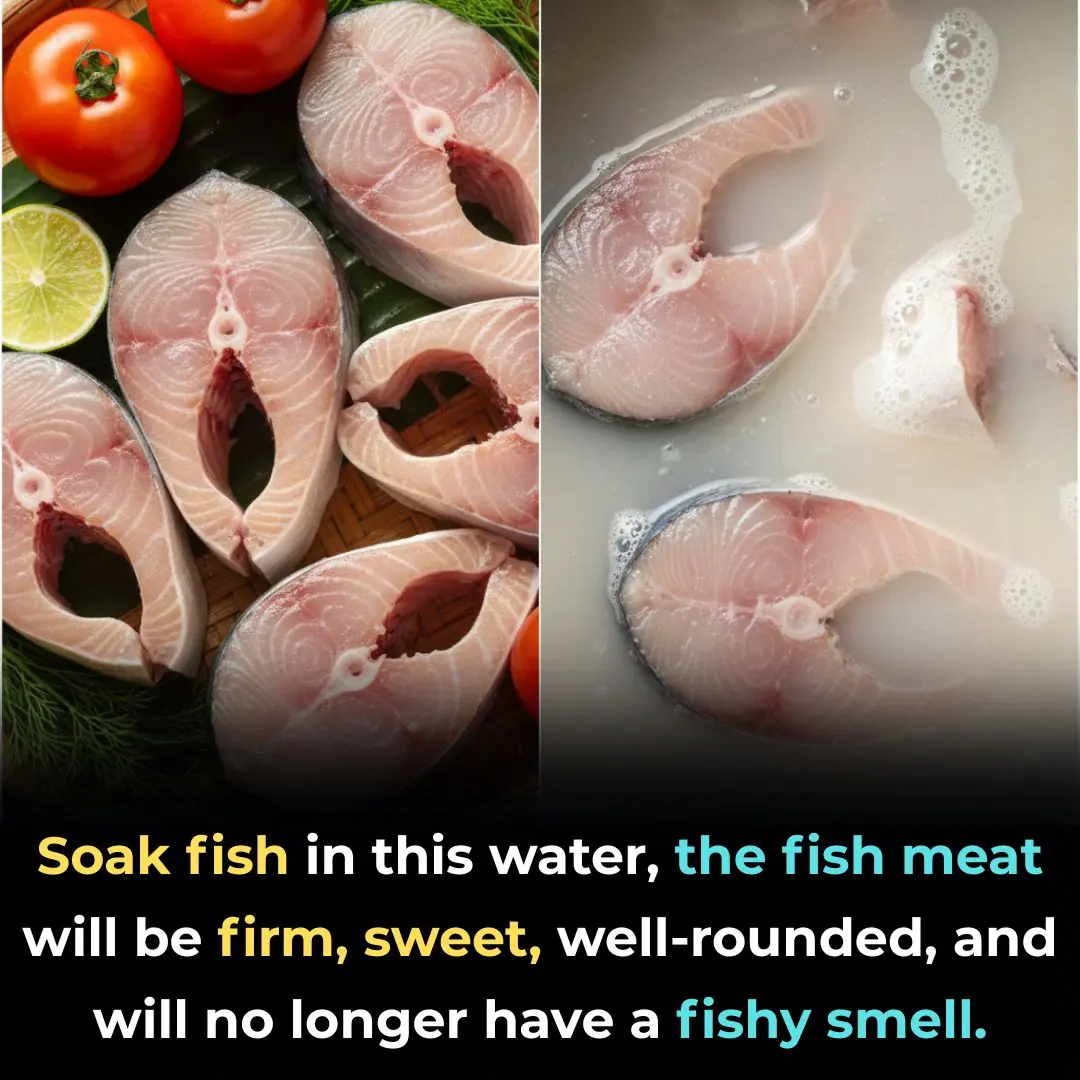
Soak fish in this water, the fish meat will be firm, sweet, well-rounded, and will no longer have a fishy smell
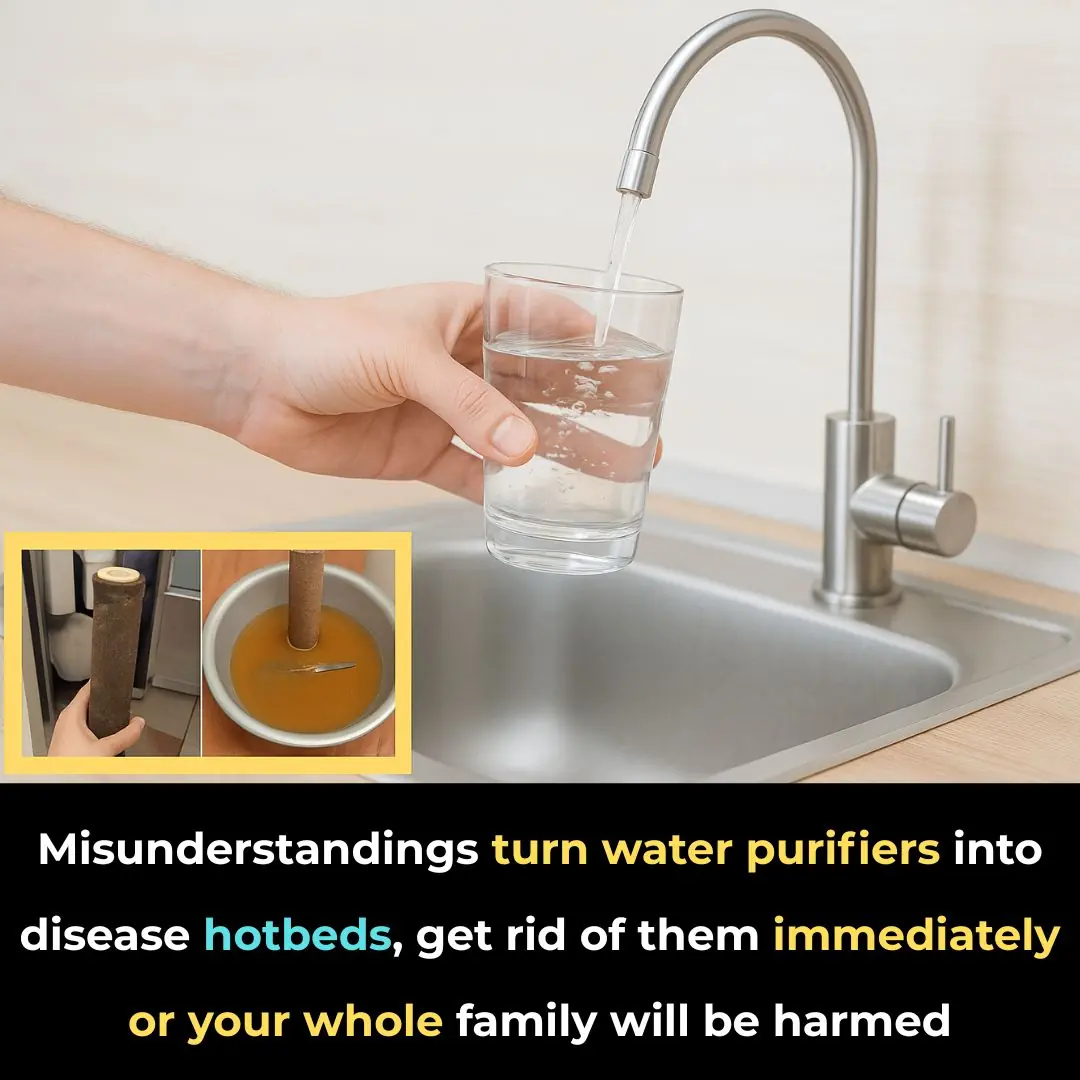
Misunderstandings turn water purifiers into disease hotbeds, get rid of them immediately or your whole family will be harmed
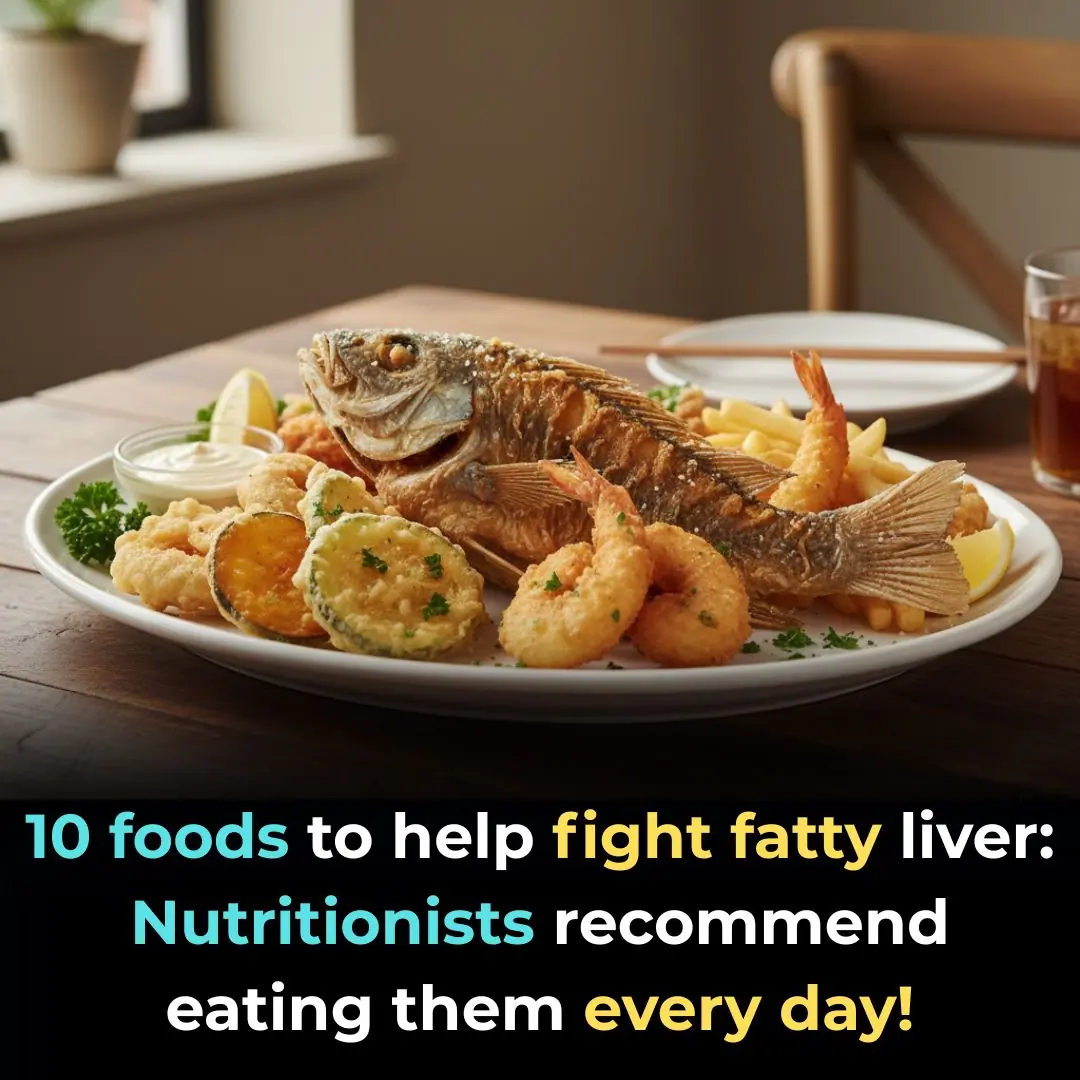
10 foods to help fight fatty liver: Nutritionists recommend eating them every day!
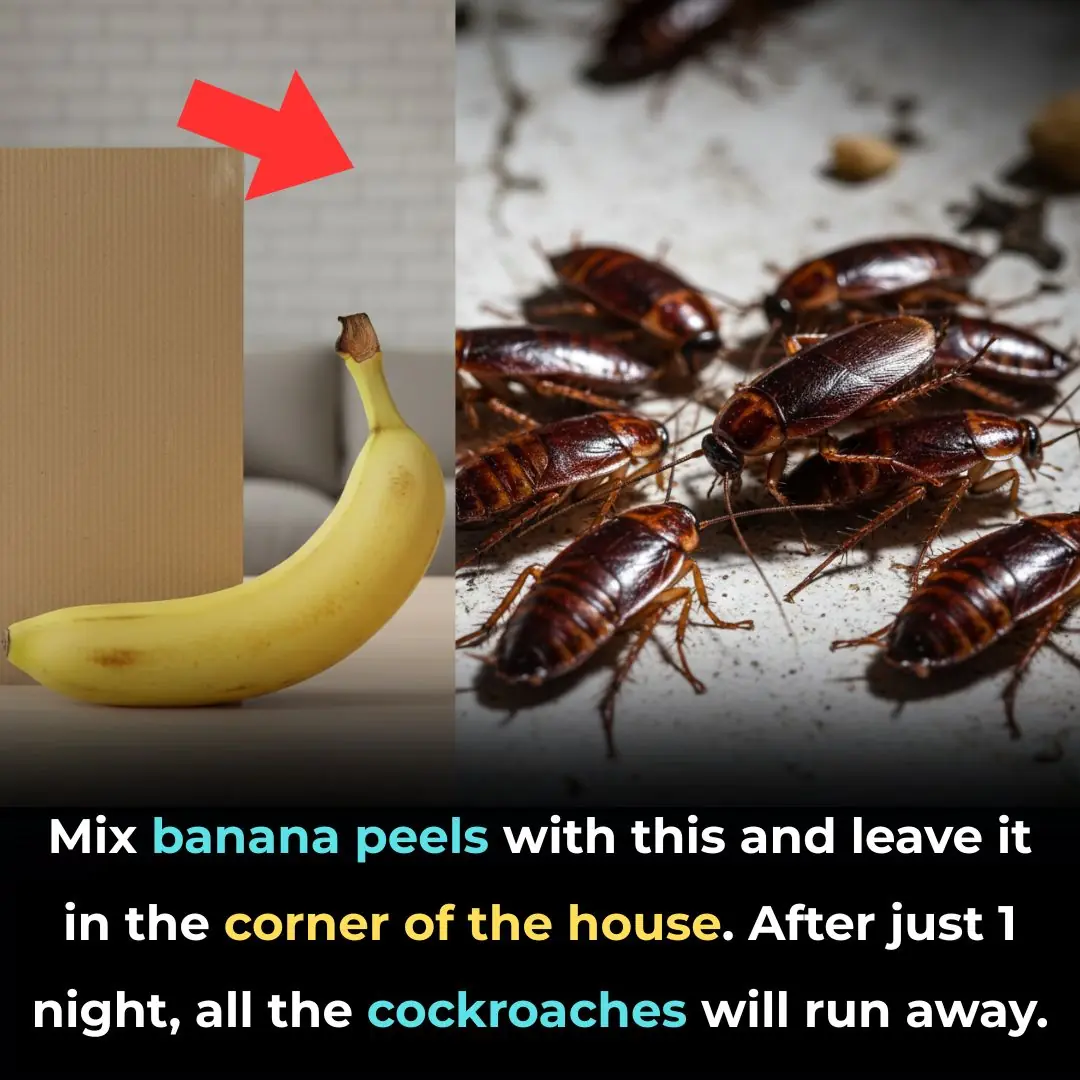
Mix banana peels with this and leave it in the corner of the house. After just 1 night, all the cockroaches will run away
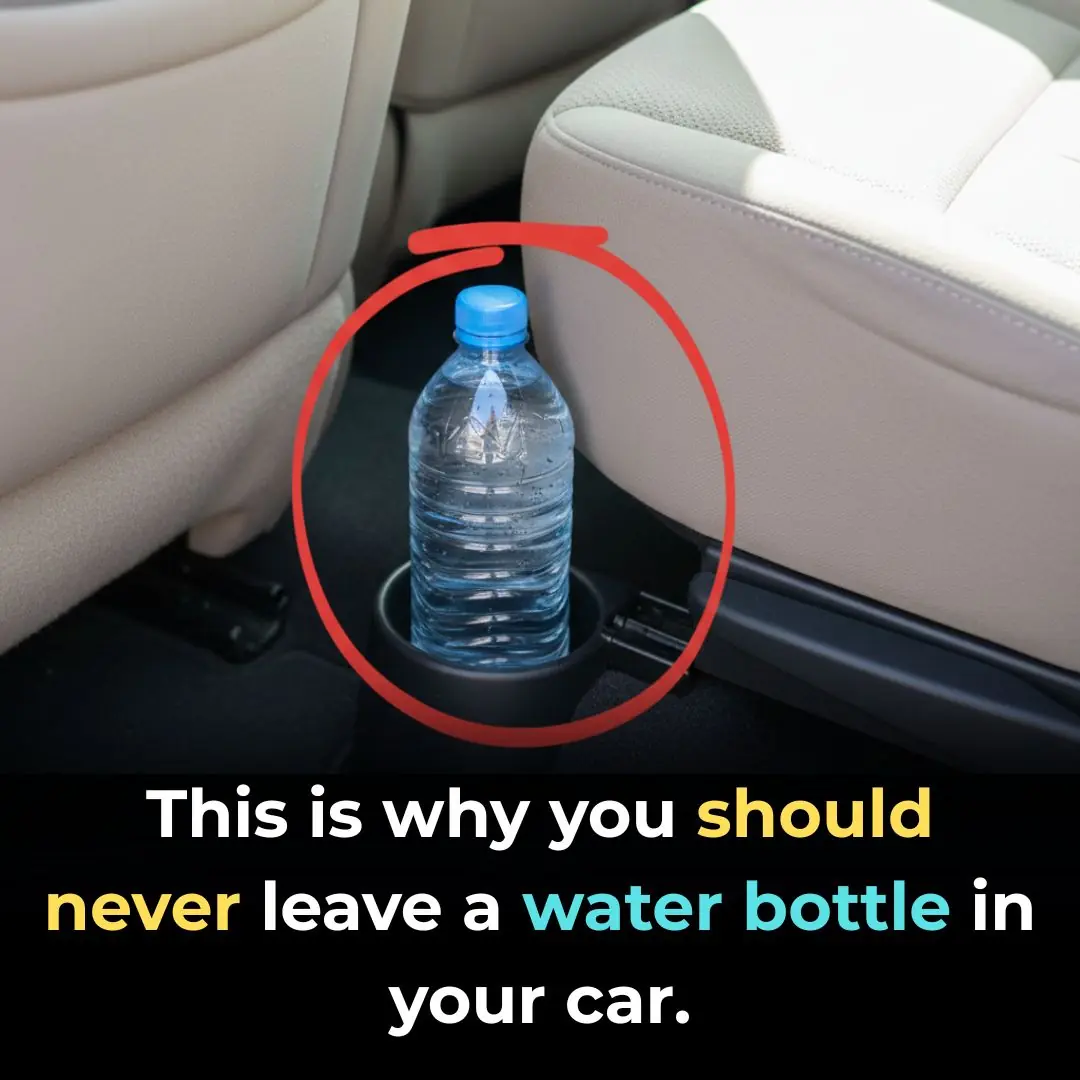
This is why you should never leave a water bottle in your car.
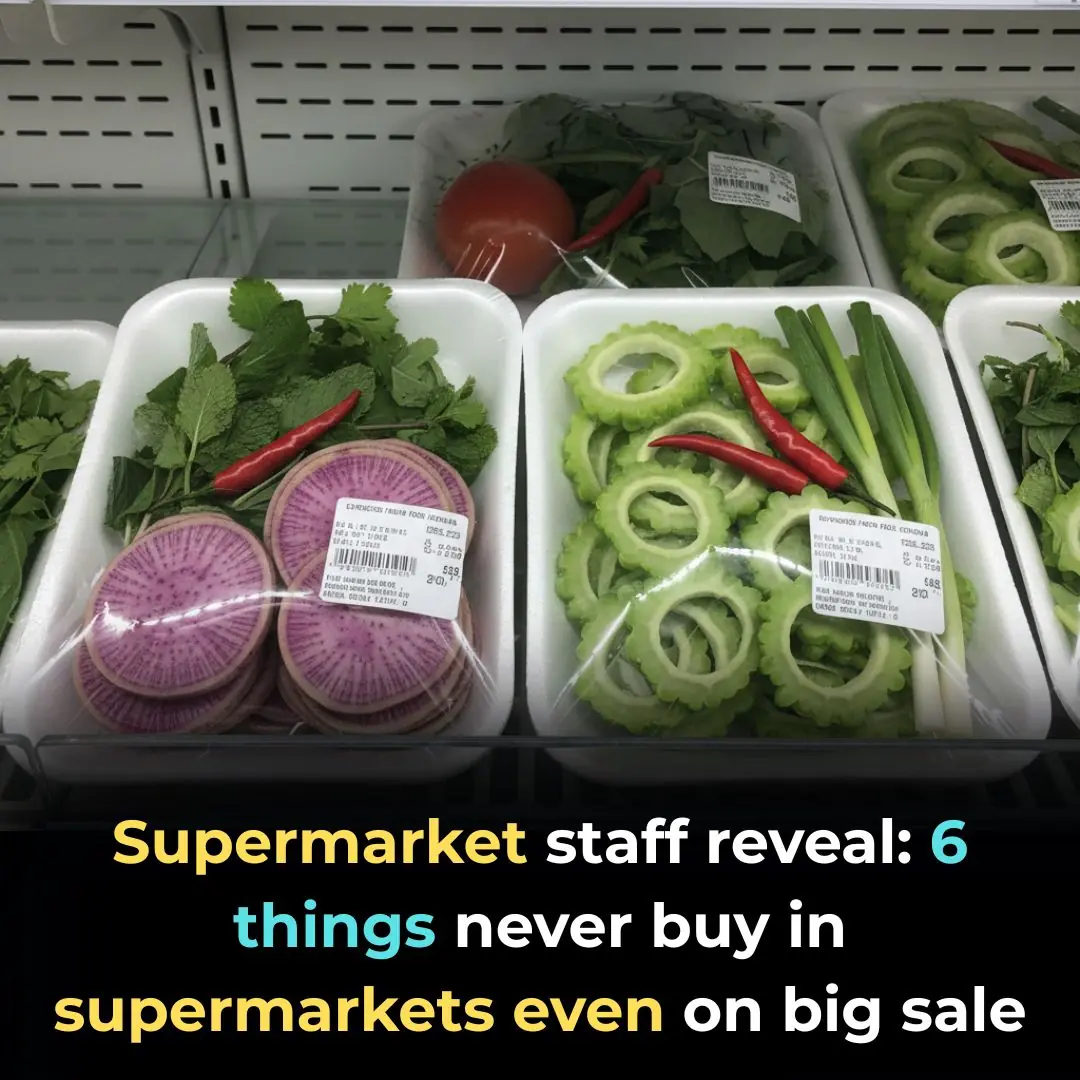
Supermarket staff reveal: 6 things never buy in supermarkets even on big sale
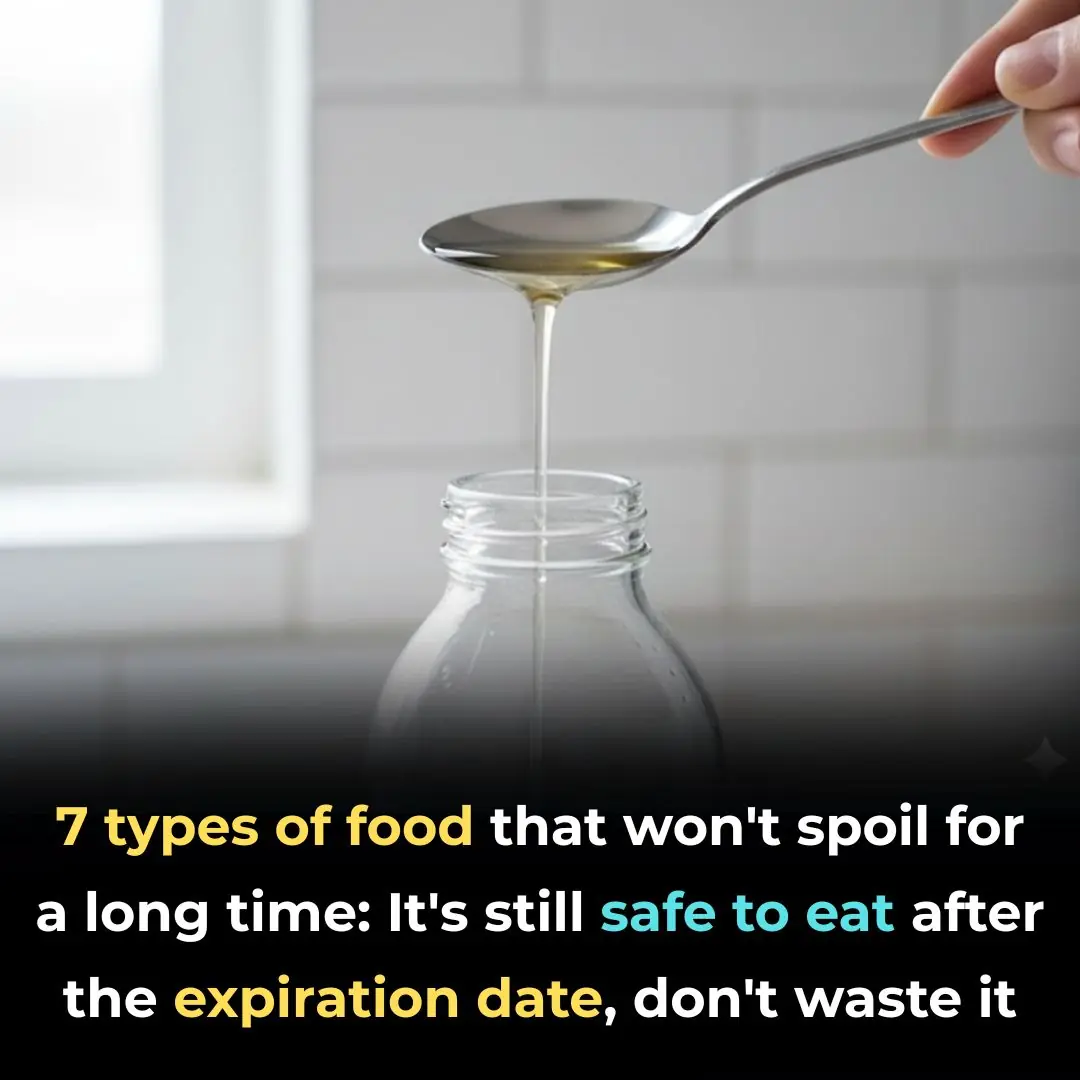
7 types of food that won't spoil for a long time: It's still safe to eat after the expiration date, don't waste it

What is Black Vinegar? Nutritional Value and Benefits of Black Vinegar

9 Foods You Should Eat Regularly to Prevent Memory Loss and Keep Your Brain Sharp as You Age

Tips for self-defense when encountering ferocious or loose dogs.

Go to the market and see that pork has these 4 characteristics

Cactus and little-known medicinal remedies
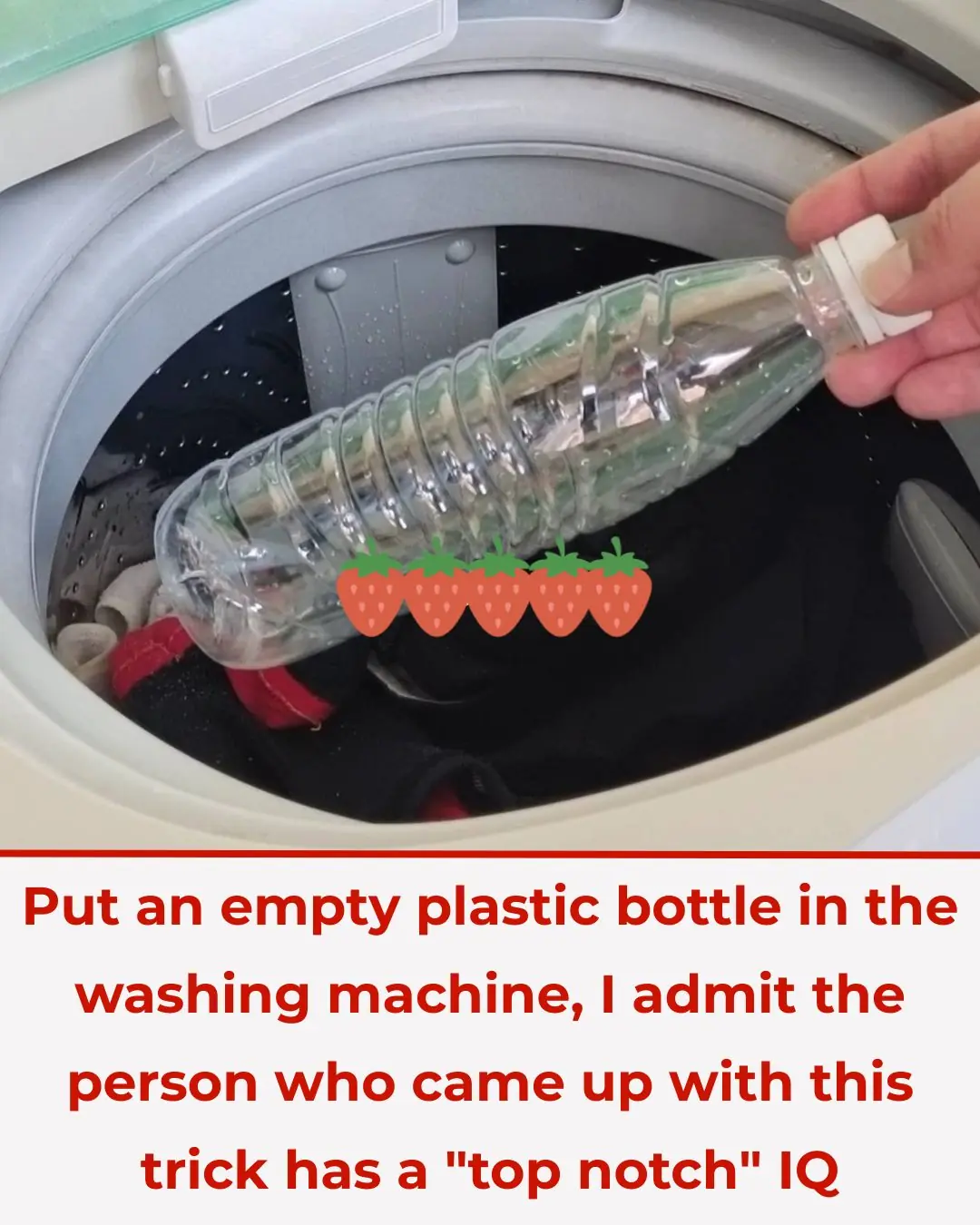
Put an empty plastic bottle in the washing machine, I admit the person who came up with this trick has a "top notch" IQ
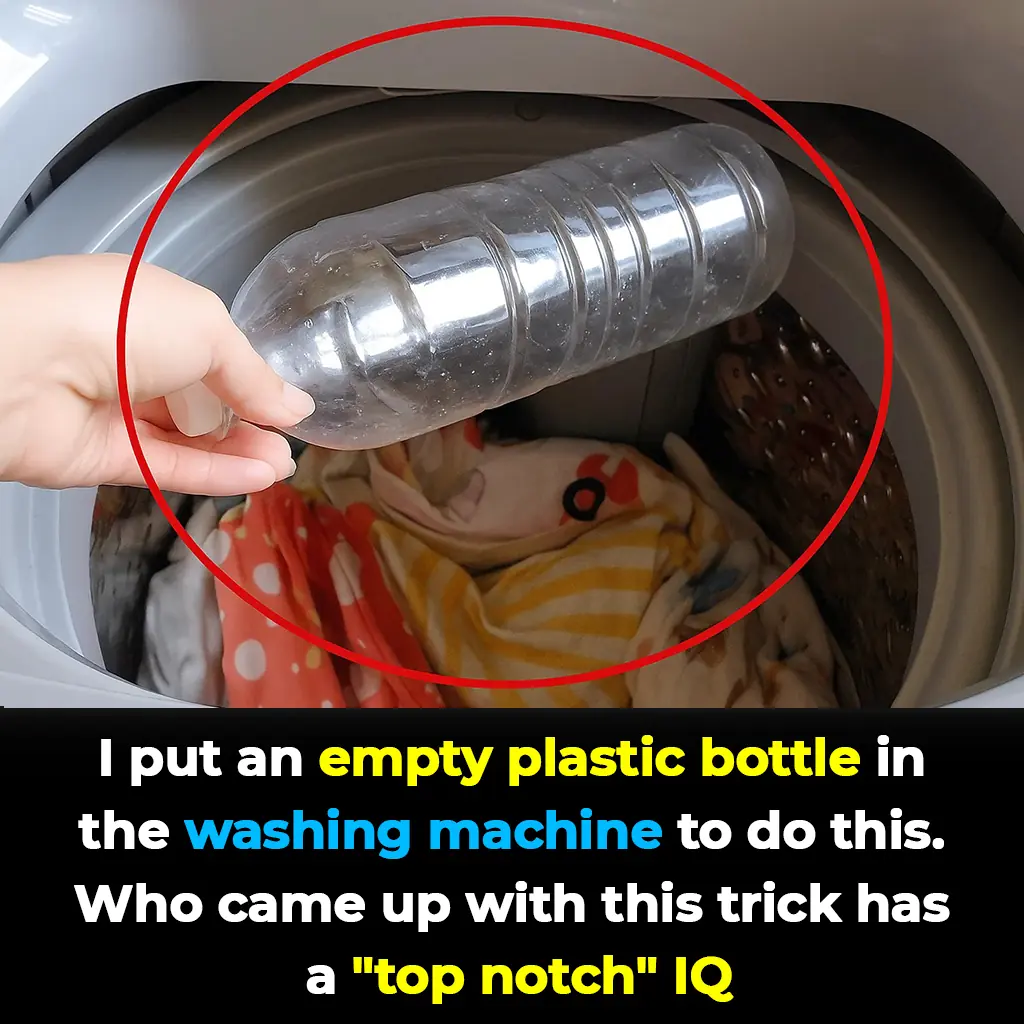
Genius Laundry Hack: Why Putting an Empty Plastic Bottle in Your Washing Machine Can Save Time and Hassle
It may sound strange, but dropping a simple empty plastic bottle into your washing machine could completely change the way you do laundry. This clever trick not only prevents clothes from tangling but also improves the overall cleaning process, making you
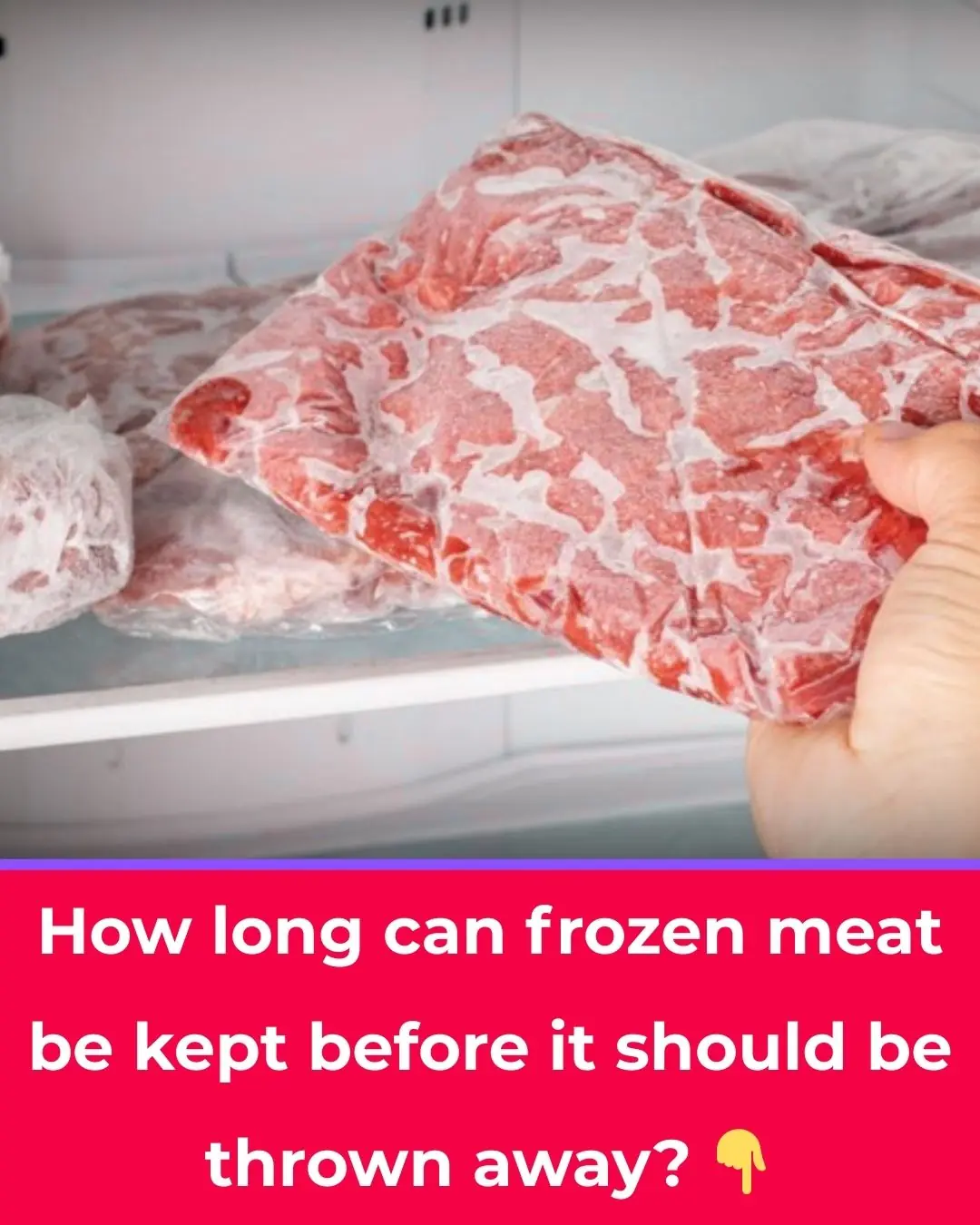
How long should frozen meat be thrown away? Here's the answer.
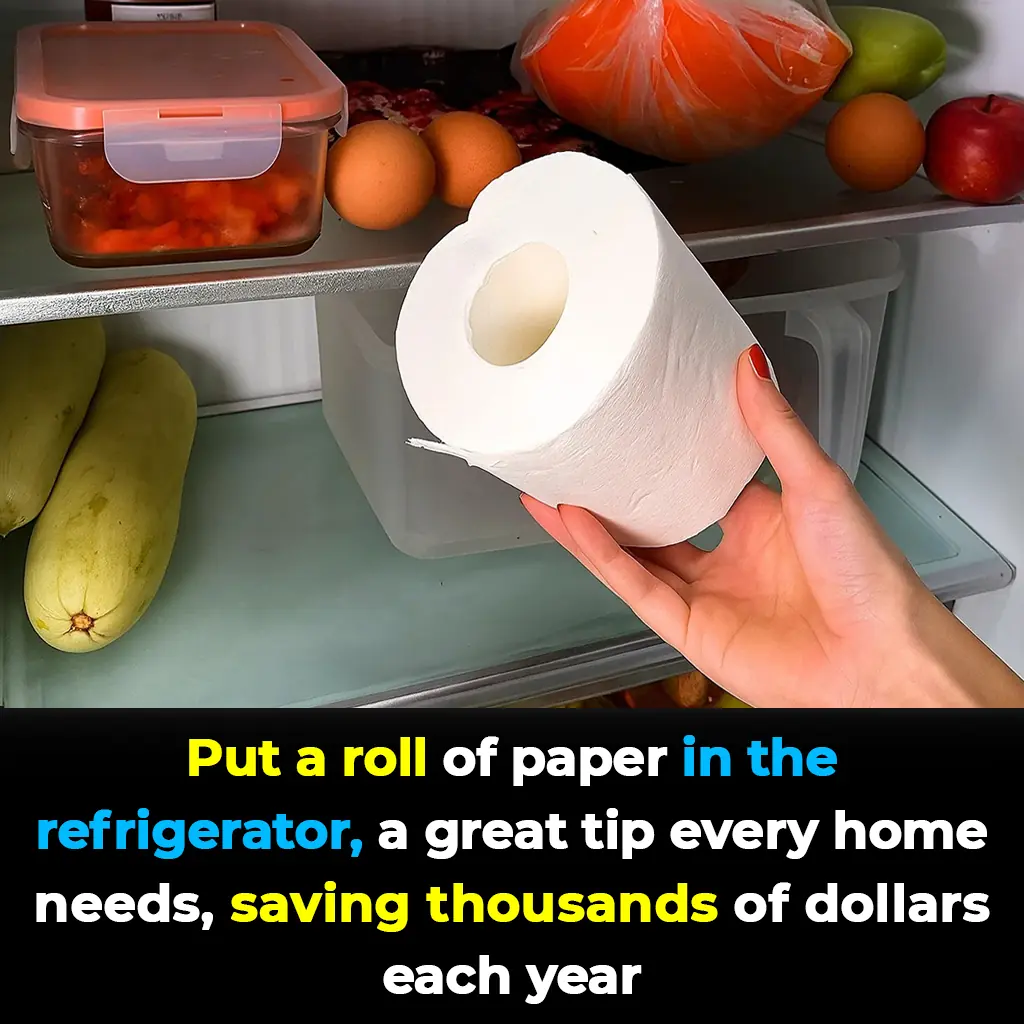
Put a Roll of Toilet Paper in the Fridge Overnight: The Unexpected Hack That Saves Families a Fortune
A simple household item can become a powerful money-saving tool if you know how to use it wisely. Believe it or not, placing a single roll of toilet paper inside your refrigerator overnight can help reduce odors, prevent frost buildup, and even cut down y

This is the reason why you should plant aloe vera in your home right away.

Shocking Nighttime Clues: 2 Silent Symptoms That Could Signal Cancer Without You Realizing
Many cancers develop quietly, often without clear warning signs in their early stages. Yet, doctors warn that some subtle changes, especially those that appear at night, may hold valuable clues. Recognizing them in time could make the difference between c
News Post

There is a "hidden switch" on the water heater that you can turn on and use for more than 10 years and it will still be durable.

Soak fish in this water, the fish meat will be firm, sweet, well-rounded, and will no longer have a fishy smell

Misunderstandings turn water purifiers into disease hotbeds, get rid of them immediately or your whole family will be harmed

10 foods to help fight fatty liver: Nutritionists recommend eating them every day!

Mix banana peels with this and leave it in the corner of the house. After just 1 night, all the cockroaches will run away

12 Moringa Seed Benefits You’ll Never Hear from Your Doctor (But You Should Know)

This is why you should never leave a water bottle in your car.

Supermarket staff reveal: 6 things never buy in supermarkets even on big sale

Ditch the Pills: Unlock Chayote’s Secret to Pain-Free, Vibrant Health! 🥗

7 types of food that won't spoil for a long time: It's still safe to eat after the expiration date, don't waste it

Vaping vs. Smoking: New Study Says Vapes May Be More Harmful

Waking Up to Pee? Here’s What You Should Know—and When It Might Be a Problem

What is Black Vinegar? Nutritional Value and Benefits of Black Vinegar

9 Foods You Should Eat Regularly to Prevent Memory Loss and Keep Your Brain Sharp as You Age
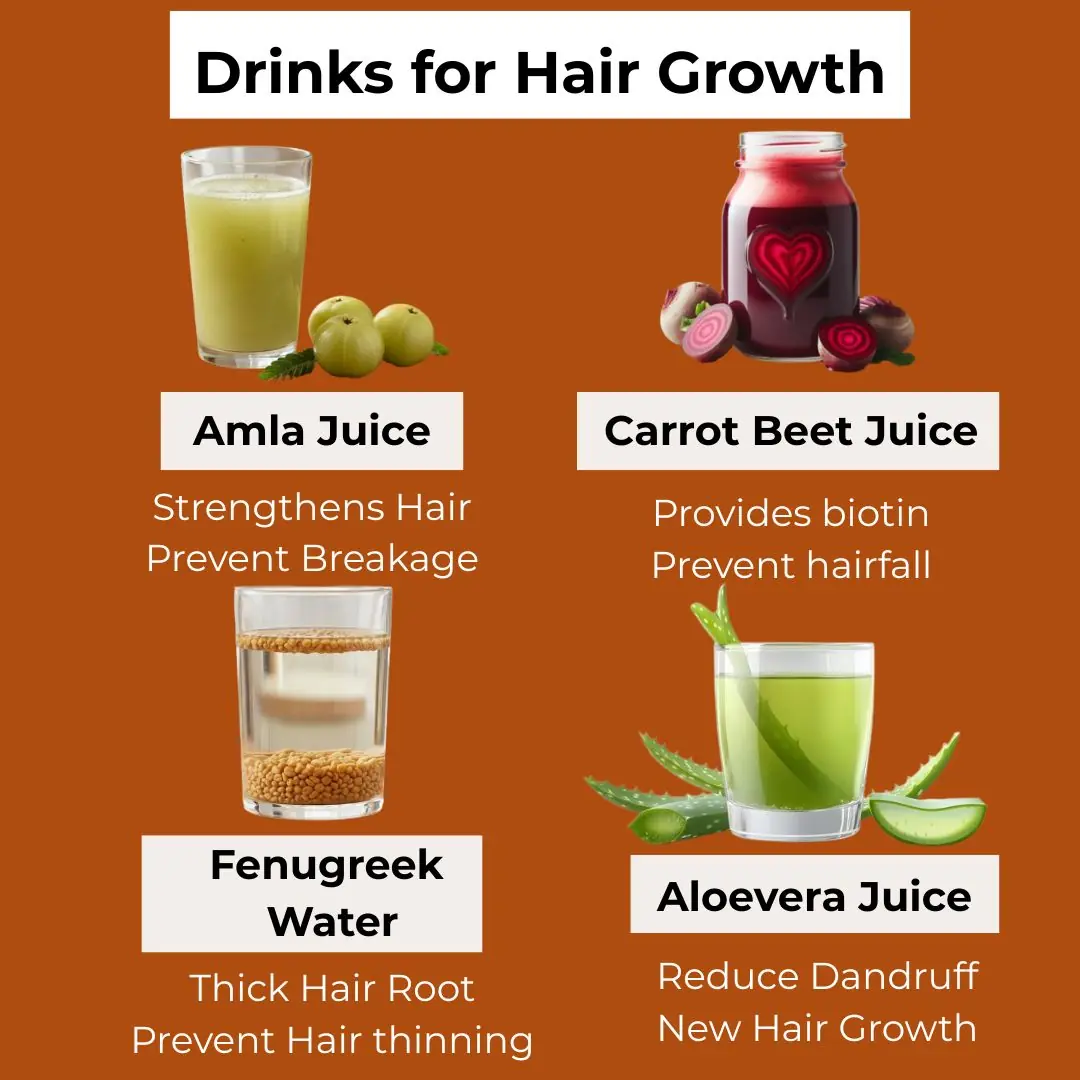
Hair Growth Juice – Amla Juice & Curry Leaves for Hair

Girl, 5, died days after being misdiagnosed with a cold

Heart surgeon shares four daily habits to avoid for better health

Top 10 foods that unclog arteries naturally and prevent heart attack
